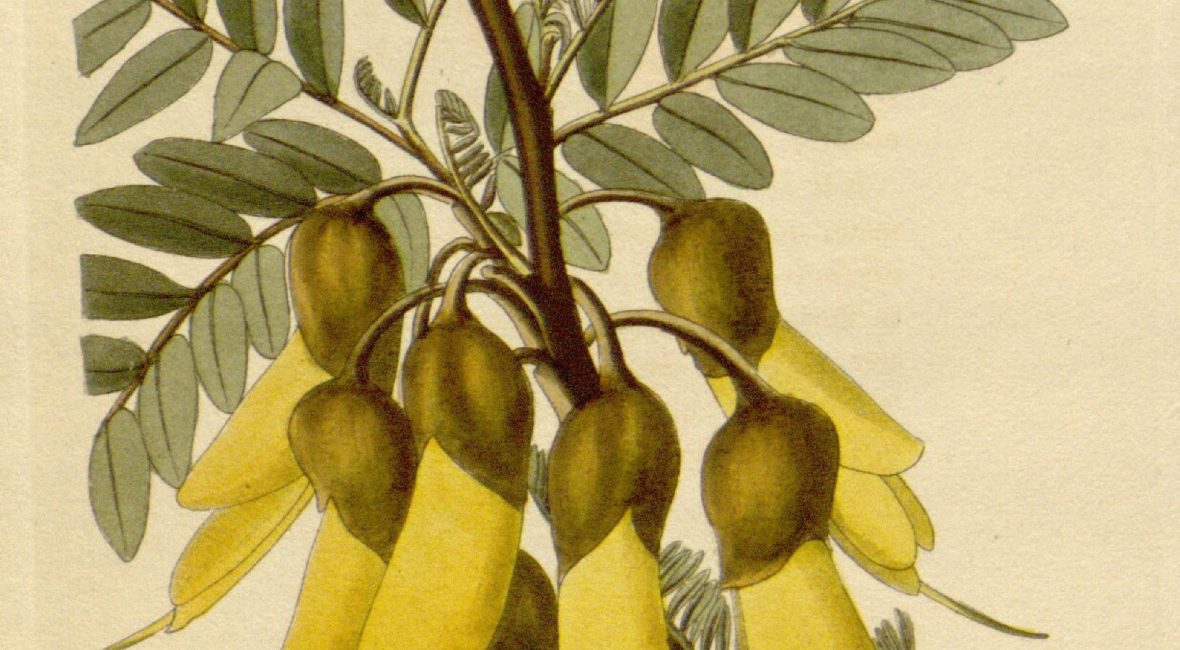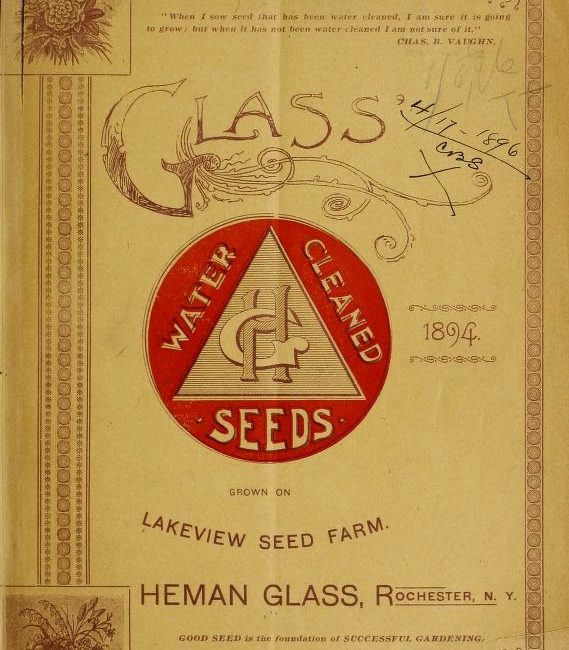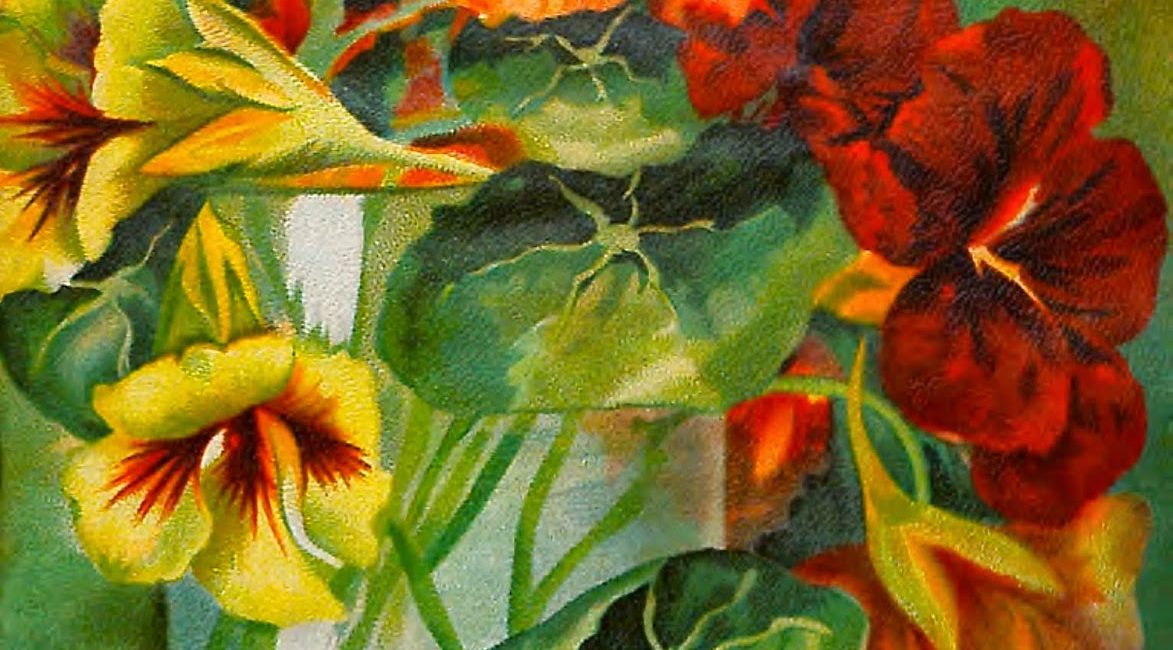The large-leaved kōwhai (Sophora tetraptera) is native to the North Island of Aotearoa New Zealand, where it is widespread and common. While it grows naturally only in Aotearoa, it has been cultivated extensively outside of this range, including as one of a number of New Zealand plants historically introduced into English gardens.
Natural history literature provides a record of such introductions, with many authors remarking on the suitability of Sophora tetraptera—often referring to it under the synonym Edwardsia grandiflora—to the English climate. For example George Loddiges, within his The Botanical Cabinet(1826), remarked that it was “sufficiently hardy to bear our climate, planted against a wall; in very severe frost, a mat should be hung over it.” Two decades later, British writer and botanical authority Jane Wells Webb Loudon included the plant in herThe Ladies’ Flower-Garden of Ornamental Greenhouse Plants (1848), where she noted that the original plant could still be found growing in Chelsea Garden in 1848.
Loddiges’ and Loudon’s references are just two of many sources related to the history of Sophora tetraptera that Mark Laird (Professor, John H. Daniels Faculty of Architecture, Landscape, and Design, University of Toronto) identified thanks to the Biodiversity Heritage Library (BHL) whilst conducting research for a prospective book. One of the book’s chapters explores a variety of New Zealand plants introduced into English gardens from the 1770s to 1840s, in the context of both Kew’s colonial collecting and Māori heritage. BHL was an invaluable resource for this research—especially during the COVID-19 related lockdowns of 2020.











